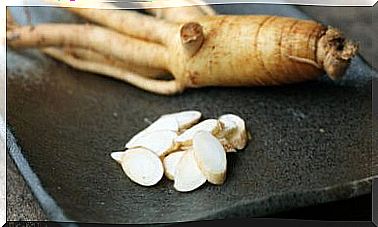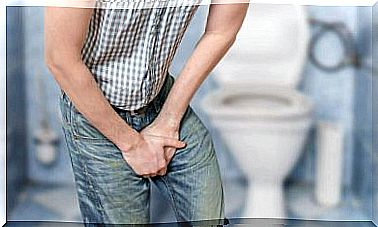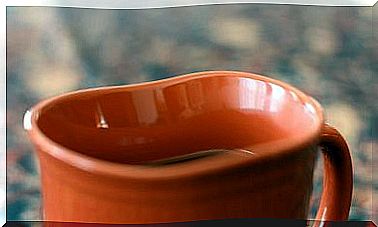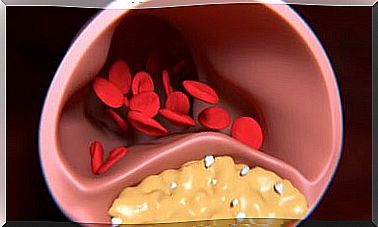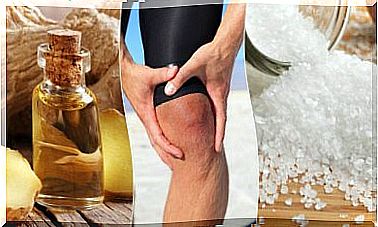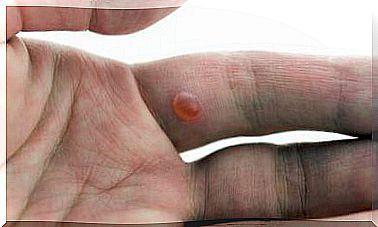Bottled Water: Is It Healthy To Drink Water From Plastic Bottles?
Let’s talk about bottled water today. To do this, think about these questions for a moment: Do you buy your water in plastic bottles? Or do you buy it in glass bottles? When buying bottled water we always pay attention to its composition, to know its origin, or to know if it is weakly mineralized. But have you ever wondered what impact the plastic in containers can have on your health?
Today, we invite you to learn about this interesting information with us.
Bottled water: which is the healthiest?
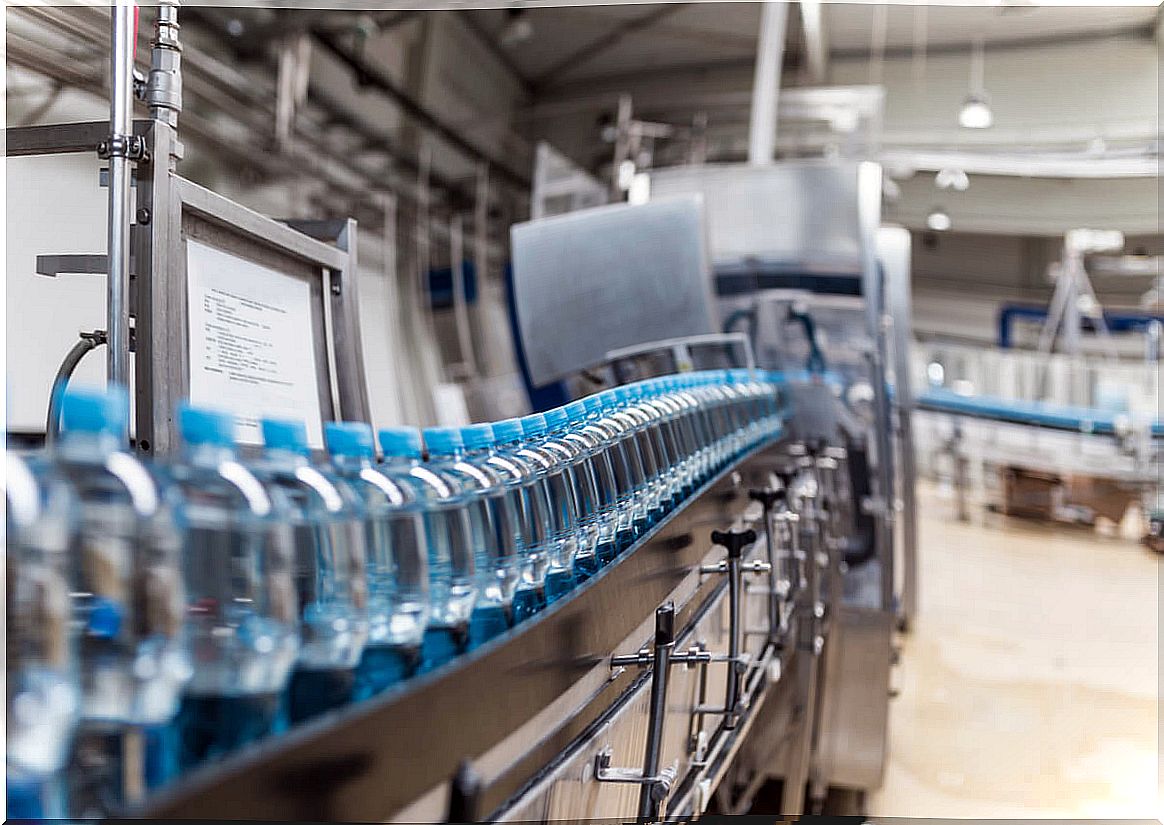
Today we find bottled water in two ways in our supermarkets: glass and plastic. Plastic packaging has long been a source of controversy. They have a very negative impact on the environment, caused by a very powerful industry, responsible for generating plastic, labeling and even privatizing water. However, the most important aspect is to know if this type of water is healthy or not for health.
Let’s now look at the most relevant information on this topic.
1. Plastic bottles
Plastic bottles are made from a compound called polyethylene terephthalate (PET). And what is this exactly? It is a polymer, a chemical element that, according to various studies, can transmit certain elements to water. Thus, we can say that the bottled water that we drink from plastic bottles can be altered due to this material.
Particles that can be detached from PET:
- Phthalates. These elements serve to give flexibility to the plastic. They will only be harmful to health if they reach the body in large quantities, since they could cause, for example, endocrine problems. Even so, we must know that these chemicals are always going to be present in every plastic bottle that we consume.
- Antimony. It is an essential catalyst for making PET. Does it harm our health? Of course. It can cause cancer and respiratory problems. However, the health authorities establish migration limits from the bottle to the water, which are usually in very small quantities. For our peace of mind, the World Health Organization (WHO) also ensures that these measures are complied with.
- Formaldehyde and acetaldehyde. These compounds are what make the water sometimes have the classic “plastic taste”. Experts tell us that this only happens when we expose the bottles to the sun, at which point these compounds pass into the water, so you should be especially careful. PET bottles, under normal conditions of use, do not have too many concentrations of formaldehyde and acetaldehyde.
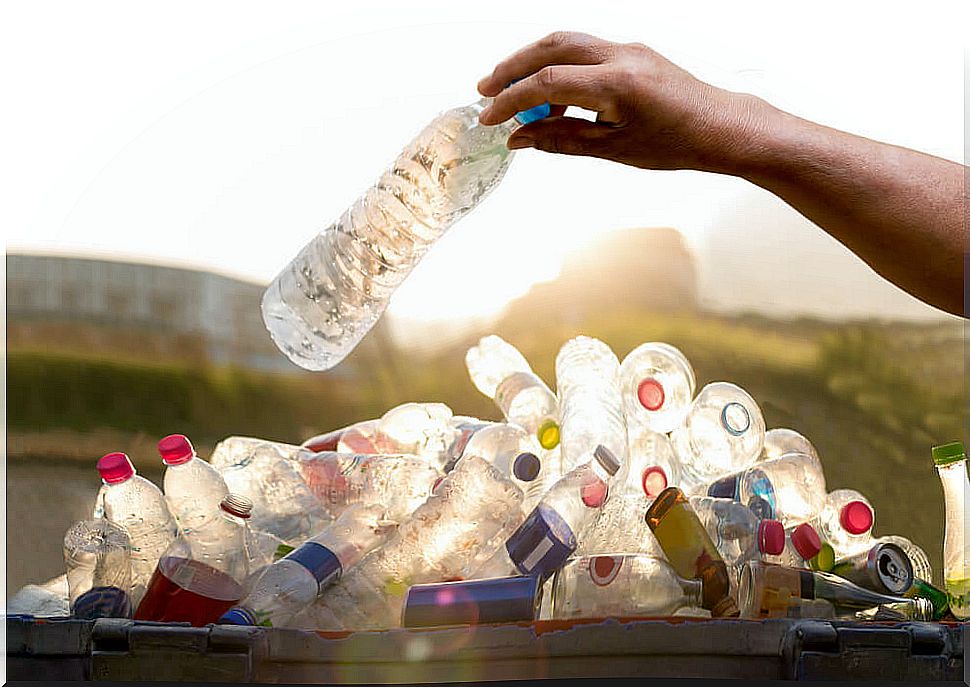
Is PET dangerous for our health? No, there is no direct risk. Health authorities take care of compliance with regulations and, in general, the concentrations of these harmful particles that pass from plastic to water are usually very low.
Now, there are much healthier options that will avoid this risk. If we stop to think about the amount of water we consume per year that has been packaged in plastic bottles, we may get a little scared. Hence, it is better that we consider other more interesting options, and also much more ecological.
2. Healthier options to water packed in plastic bottles
- Glass or stainless steel bottles. They are a healthy alternative that must be taken into account.
- A filter for tap water. As you already know, tap water is another interesting option, but sometimes it is not very healthy, since it has too much calcium or other elements that are not pleasant to us. However, we can install a small reverse osmosis filter that will help us eliminate those unhealthy elements.
- Specific jugs that purify the water. A system very similar to that of tap filters. They purify the water, eliminate the bad smell, the bad taste and optimize it in a very healthy way for daily consumption.
Things you should never do with plastic bottles
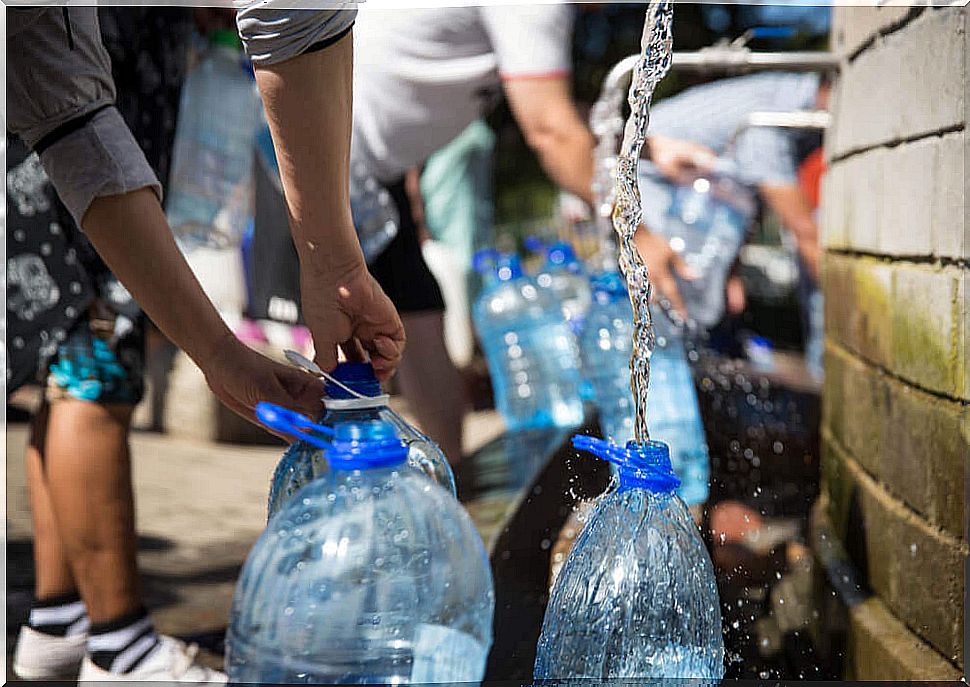
- Refilling the mineral water bottles : It is a very high risk that we should never run. There are many people who when they finish drinking the water from their plastic bottle, they save it to refill it. This warning already appears on the labeling of most containers and, with this, it is intended to avoid microbiological hazards. When a plastic bottle is empty, many fungi or bacteria can adhere to it. When filling them with water, these elements will end up in the body and make us sick. Nor can we ignore that, over time, the harmful elements of PET that we have named before detach from the plastic and reach the water more easily. So remember: When you finish a bottle of water, take it straight to the recycling bin!
- Never expose the water bottle to the sun. We have already pointed this out to you in the previous point. When the plastic comes into contact with something hot such as the sun, fire or intense light, formaldehyde and acetaldehyde are released, causing not only the bad taste of the water, but also indigestion. Always keep the water in a cool place in the shade!
While it is true that we cannot always avoid using a plastic bottle, we can try as many times as we do. For our health and for the good of the planet.
Have you already seen that nice glass bottle that can help you get into it from today?
